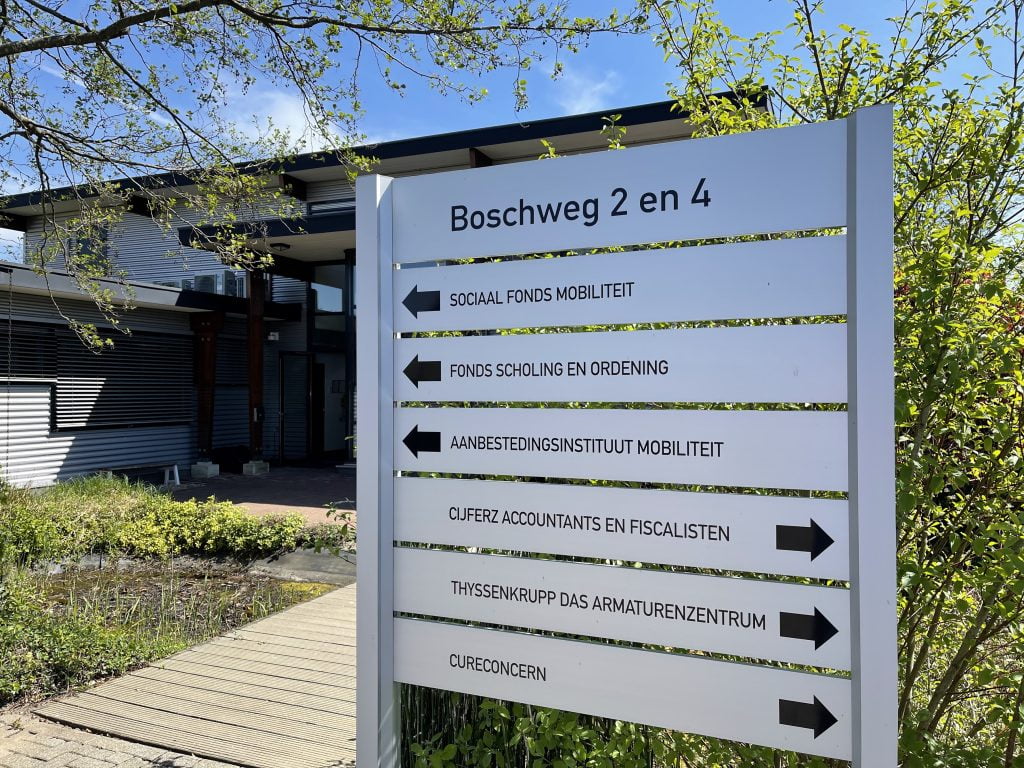The difference between service blocks and the maxflex scheme within the Collective Labor Agreement for Healthcare Transport and Taxi is large and plays a crucial role in the employment conditions and work planning of driving staff in the taxi sector.
The Mobility Social Fund, an organization for improving and monitoring working conditions within the taxi sector, is continuing its efforts through social media further to stimulate the implementation and understanding of the service block arrangement, as established in the Collective Labor Agreement (CAO) for Healthcare Transport and Taxi. This arrangement is designed to provide both employees and employers with clarity and structure in working hours, locations, and time paid.
There can still be confusion about the guidelines and taxi companies do not always register the data correctly. According to the collective labor agreement, full-time driving staff must work 40 hours per week, spread over an average of five days. Part-time employees, on the other hand, have an employment contract for less than 40 hours per week, whereby the exact number of hours must be recorded in writing in the employment contract.
pitches
A unique aspect of this sector is the arrangement regarding locations. Each employee has two official places of employment, of which the home address is always one. The second is the business address of the company, recorded in the Trade Register of the Chamber of Commerce. This place acts as a central point for the company's administrative and material activities. In situations where no specific business address has been designated by the employer, the nearest business address from the employee's home address is considered the place of employment. However, there is room for flexibility; The employer and employee can mutually decide on a different, third location.
The collective labor agreement distinguishes between two types of work arrangements for mobile personnel: the maxflex arrangement and the duty blocks. Both systems are designed to optimize employee flexibility and employability, while also providing guaranteed paid time. The maxflex arrangement is intended for situations in which employees are called up for unforeseen work, while duty blocks provide a more structured approach, with clear start and end times.

The main difference between shift blocks and the maxflex scheme lies in the predictability and structure of the work schedule. Service blocks are pre-scheduled and provide clear start and end times, leading to a more predictable work week. The maxflex scheme, on the other hand, offers a higher degree of flexibility to respond to unforeseen circumstances, but with less certainty about working hours for the employee. Both systems are designed to balance employers' needs for flexibility and employees' needs for predictable and rewarded working hours.
The arrangements are designed to provide both flexibility for the employer and security for the employee. The main features and differences are outlined below.
service blocks
Shift blocks are predefined work periods within a working day during which an employee performs work. These periods are consecutive and can be interrupted by one or more unpaid periods during which the employee is not available to the employer. Service blocks offer a structured approach, where it is clear in advance when the work periods start and end. This provides more predictability in the work schedule. For contracts up to 28 hours per week, a maximum of four service blocks can be scheduled within one working day, with a minimum duration of one hour per block. For contracts exceeding 28 hours per week, two service blocks are allocated with a combined minimum duration of four hours. There is an unpaid period between blocks of service, the minimum duration of which varies depending on the contract size.
maxflex arrangement
The maxflex scheme, or maximization of flexibility, is a work schedule in which working hours are less clearly defined compared to shift blocks. This arrangement is mainly intended for situations where flexibility is required, such as unexpected crowds or illness. The maxflex scheme offers the employer the opportunity to call up employees with little prior notice, which ensures a high degree of flexibility in workforce planning. Unlike shift blocks, where the working periods are predefined, with the maxflex arrangement the working periods can vary depending on the needs of the working day itself. With the maxflex scheme, the definition of a service is used more flexibly, with the option of multiple unpaid periods, depending on the actual availability and commitment of the employee.
administration
The Collective Labor Agreement for Healthcare Transport and Taxi imposes specific requirements on employers with regard to the registration and reporting of employees' working hours. This is not only important for guaranteeing the rights of employees, but also for facilitating smooth business operations.
Employers are required to keep clear and reliable records of each employee's daily working hours. These records must accurately reflect when shifts begin, end, and the periods during which employees are unavailable to the employer. This requirement ensures that there is a transparent basis for calculating remuneration and any allowances.
At the end of each pay period, the employer is required to provide employees with a detailed statement of hours worked. This overview must contain information about the applied work arrangements (maxflex arrangement or service blocks), any corrections to the registration, and the total time paid. This transparency is essential for employees to verify that they have been paid correctly for their work.
The method for providing these overviews may vary. Some companies choose one digital driver portal, while others use written reports. The choice of a platform often depends on the size of the company and the preferences of the employees. Regardless of the method, the goal is to give employees easy access to their employment data.

In addition to the regular time overview, employers also provide a monthly report on the extra hours worked. This includes the number of overtime hours, the compensation for these hours, and information about accrued holiday allowance and holiday hours related to these overtime hours. Identifying “extra hours” is crucial as these hours are in addition to standard contract hours and are subject to specific fees and entitlements.
These administrative requirements emphasize the importance of a solid infrastructure for time tracking and workforce management. By keeping clear and accurate records, employers can not only comply with legal and contractual obligations, but also create a positive working environment in which employees feel valued and respected. It is a foundation that contributes to the sustainability and success of companies within the taxi and healthcare transport sector.
Source: Social Fund Mobility




